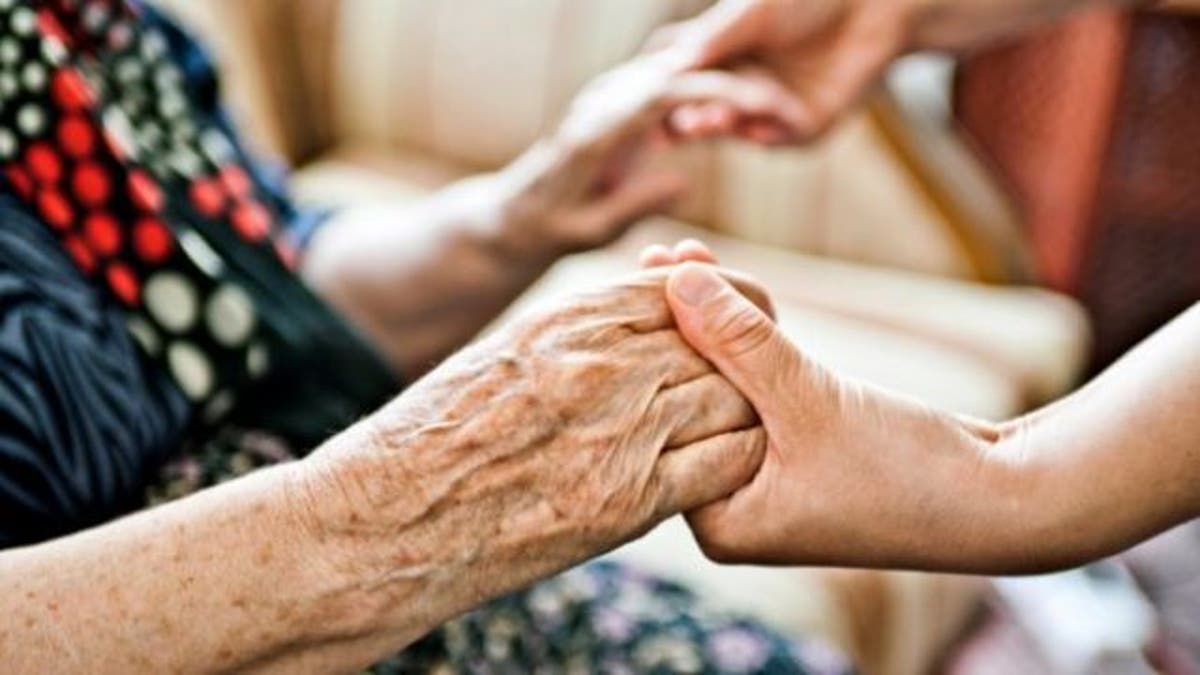
The United States is the only developed country without paid sick leave policies for all workers and their families, which increases burdens on the millions balancing work with caregiving for an older family member, according to a new review.
Mei-Lan Chen of the School of Nursing at the University of North Carolina, Greensboro, reviewed the Family and Medical Leave Act (FMLA), enacted in 1993, including how it works in practice and the types of employees it leaves behind.
In 2009, unpaid caregiving services provided by family members at home added up to an estimated economic value of $450 million, Chen writes in The Gerontologist. There were some 67 million unpaid caregivers in the U.S., and two thirds of adults with disabilities got all their care and assistance from family members.
In just 15 years, she notes, older Americans will make up 20 percent of the population, with one in 13 over age 85. “Clearly, we should seriously consider what price we will need to pay for an aging society if we decide not to enact paid sick and family leave laws,” Chen writes.
Currently, the FMLA entitles certain workers for covered employers to take up to 12 work-weeks of unpaid, job-protected leave and maintain their current health insurance benefits. The law applies to public agencies, schools and private sector employers with at least 49 employees.
Employees must have worked for one of those businesses for at least 12 months and at least 1,250 hours of service to start taking unpaid sick leave to care for themselves or a family member.
Nearly 60 percent of all U.S. employees are eligible for unpaid sick leave under the policy. That leaves out many employees and family members, according to Chen, and some people are forced to simply quit their jobs as a result.
Companies lose over $30 billion in productivity annually due to caregiver absenteeism or resignation, said Gary Edward Barg, founder and chief editor of Today’s Caregiver magazine and caregiver.com.
“Caregivers leaving the workforce to care for a parent lose, on average, over $30,000,” Barg told Reuters Health by email. “They are less mobile, so are less able to take advantage of promotions, or even job changes.”
Elder caregiving may even dramatically increase the risk of the caregivers themselves living in poverty in their own old age, he said.
“It may seem counter-intuitive on the surface to pay for employees to take leave to care for their loved ones, but organizations need to also factor in the cost of rehiring, retraining, employee morale and avoiding ‘presenteeism’ while governments need to factor in the cost of supporting ill and elderly citizens without the involvement of family caregivers,” Barg said.
Presenteeism includes employees who continue to work but use business hours to attend to caregiving duties.
“Unfortunately, many of the family caregivers who need the support the most are not eligible for FMLA, including low wage workers,” Barg said.
“Pretty much everybody in the English speaking world is ahead of us,” said Gail Gibson Hunt, president and CEO of the National Alliance for Caregiving, a non-profit coalition dedicated to conducting research and developing national programs for family caregivers and the professionals who serve them.
“In the U.S., this is often viewed as a family issue,” Hunt told Reuters Health. Doubters ask, "Why should we pay family caregivers when they should be doing this anyway, caring for their loved ones," Hunt said.
San Francisco, Connecticut, Seattle and New York City have passed their own paid sick leave laws, Chen notes in her report.
“The San Francisco Paid Sick Leave Ordinance (PSLO), a city-level law, is the first law in the United States to ensure access to earned paid sick days for all workers,” Chen writes. She calls the law a good model for future legislation because it includes full-time, part-time and temporary employees.
Several other pieces of legislation have been introduced, including a paid sick leave act and tax credits for family caregivers, but they have not been signed into law, said Hunt, who wasn’t involved in the new study.
“We need the policy makers at the state and federal levels to understand the impact caregivers make and that a little support will go a long way,” Barg said. “There are many organizations in most communities actually looking to find and support family caregivers, from the local Area Agency on Aging, disease specific associations, and even hospital support groups.”
